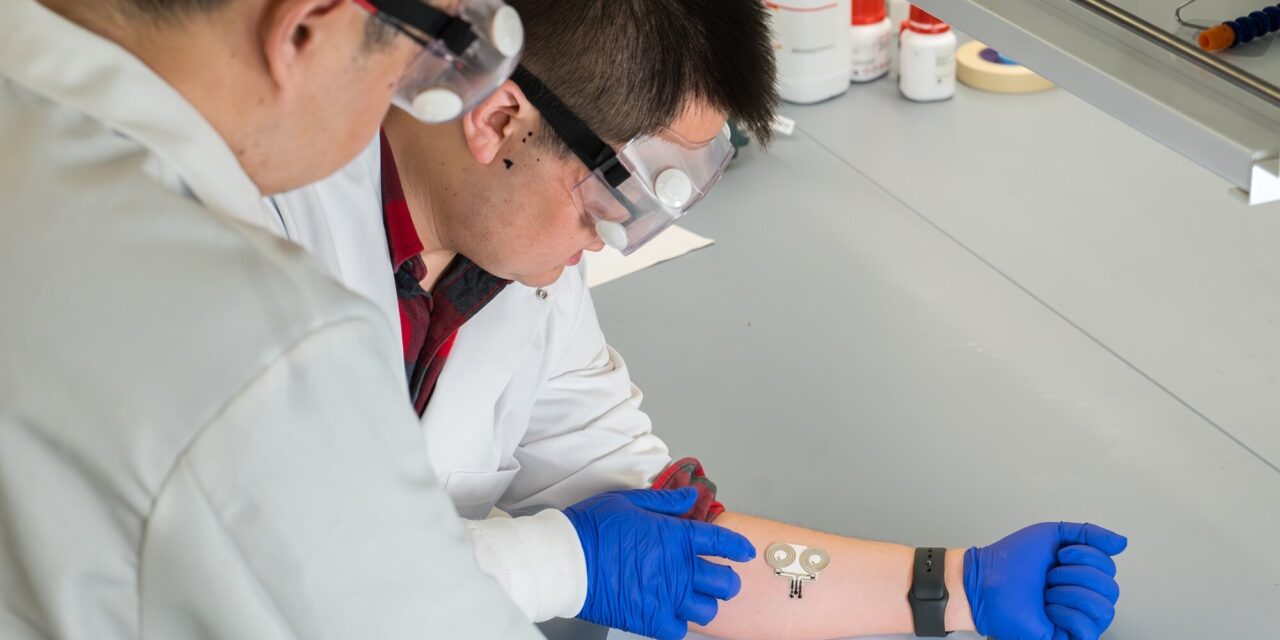University of Missouri researchers led by Zheng Yan achieve major advancement in health monitoring technology
A team of researchers at the University of Missouri, headed by Zheng Yan, has achieved a significant breakthrough in the development of on-skin wearable bioelectronic devices. Specializing in soft bioelectronics, Yan’s lab recently integrated a crucial component into their existing ultrasoft, breathable, and stretchable material: wireless charging capability without the need for batteries, accomplished through a magnetic connection.
The team’s groundbreaking innovation, detailed in a recent publication in Nature Nanotechnology, lays the groundwork for precise vital sign measurements, including blood pressure, electrical heart activity, and skin hydration. This breakthrough holds promise for early detection and timely interventions in chronic diseases such as heart disease, cancer, and diabetes.
Yan, an associate professor in Mizzou’s College of Engineering, explained the significance of their porous, soft material, stating, “A watch is a hard surface, so it’s not as effective as our material in providing accurate vital sign tracking. Our porous, soft material acts as an electrical conductor, so it can maintain a stable electrical current during movement. This is a significant step forward toward our overall goal to help improve the long-term biocompatibility and the long-lasting accuracy of wearable bioelectronics.”
The ultimate aim of the team is to empower individuals with a convenient means of comprehensive health monitoring and the ability to wirelessly share this information with healthcare providers. After years of research, Yan and his team have overcome a significant hurdle by achieving accurate, wireless connectivity.
“If we can make affordable, customized electronics and equip our bodies with these devices, we can take proactive actions at the early stages of some diseased conditions and dramatically change and reshape our future,” Yan emphasized. He also serves as a Roy Blunt NextGen Precision Health building researcher.
The team envisions enhancing the device’s capabilities to include tracking blood pressure and electrical activity in the heart, further expanding its utility in healthcare monitoring.
In addition to its on-skin applications, Yan and his team are exploring the integration of their material with implanted devices such as pacemakers. Yan explained, “If a device made from our soft material can be put directly on the surface of the heart, we can get a more reliable and timelier signal, leading to early detection of this health issue.”
The advantages of Yan’s implanted material, which does not require Bluetooth technology and operates without batteries, position it favorably for safe and effective use in medical applications, offering a promising avenue for future medical advancements.
This latest achievement builds on the team’s previous work, including the development of a heart monitor currently in progress. For further information, the team’s research paper, “Phase-separated porous nanocomposite with ultralow percolation threshold for wireless bioelectronics,” can be found in the journal Nature Nanotechnology (2024).












